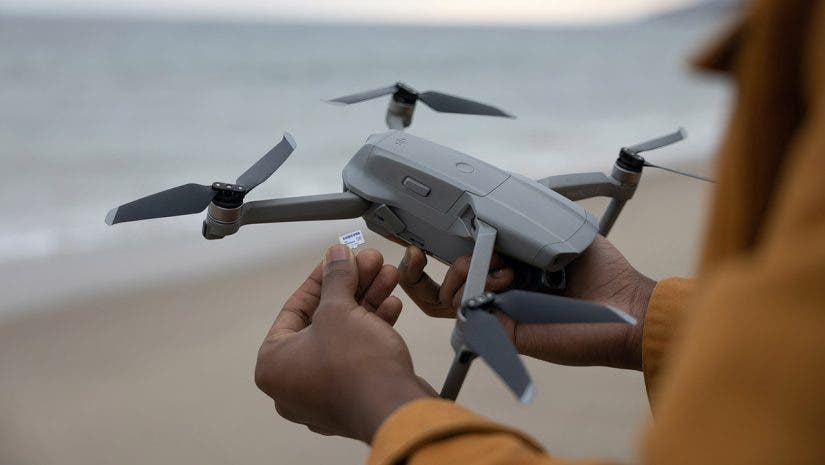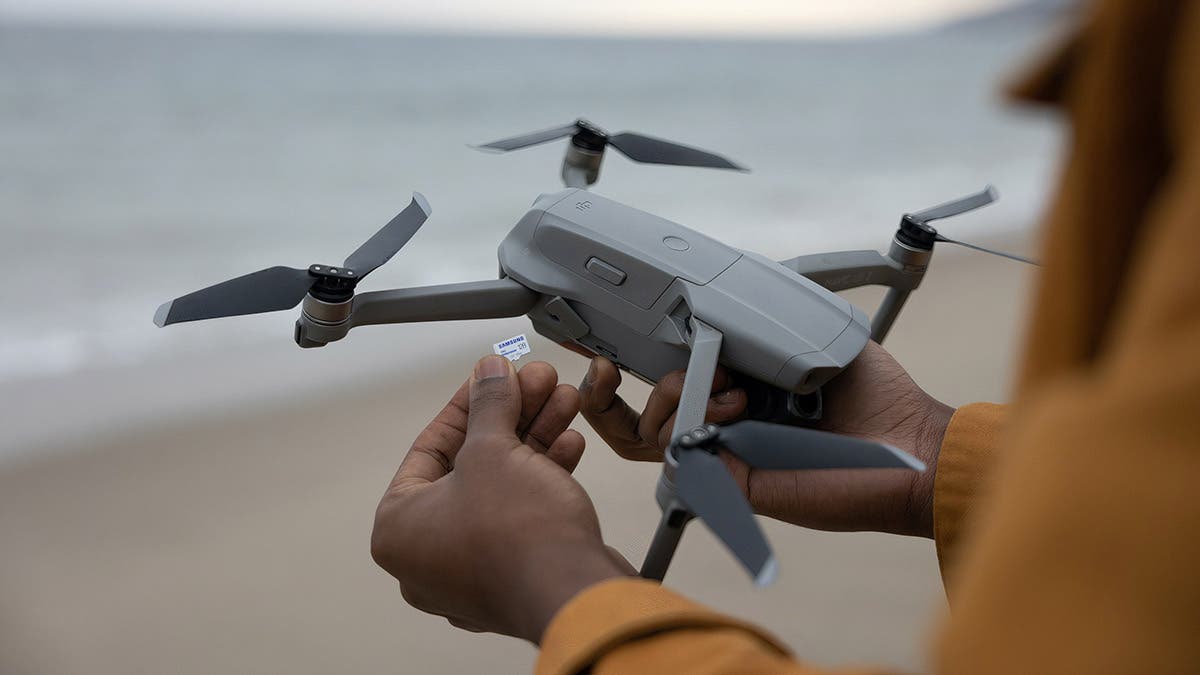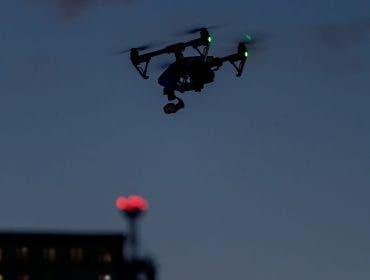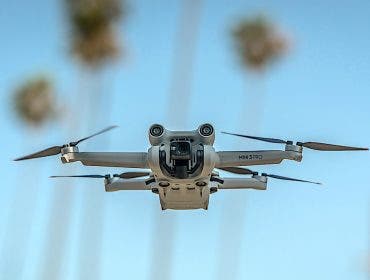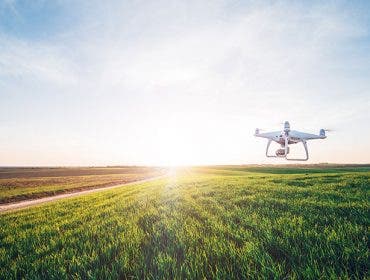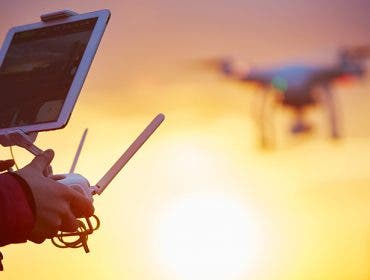There are many rules and regulations relating to traveling with a drone that we must all follow regardless if you operate drones recreationally, commercially, or fly them as a public aircraft operator. This article serves as an overview of what to keep in mind the next time you’re thinking about whether you can take your drone on a plane.
Can You Take a Drone on a Plane?
Although the Transportation Security Administration (TSA) does allow passengers to bring drones through security checkpoints, the agency advises travelers to check with their respective airlines before traveling. Each airline has unique policies regarding whether or not passengers can take a drone onto a plane within their carry-on bags or checked luggage. According to the TSA, drones containing lithium batteries, fuel cells, and components of certain parachute systems may also be prohibited in baggage.
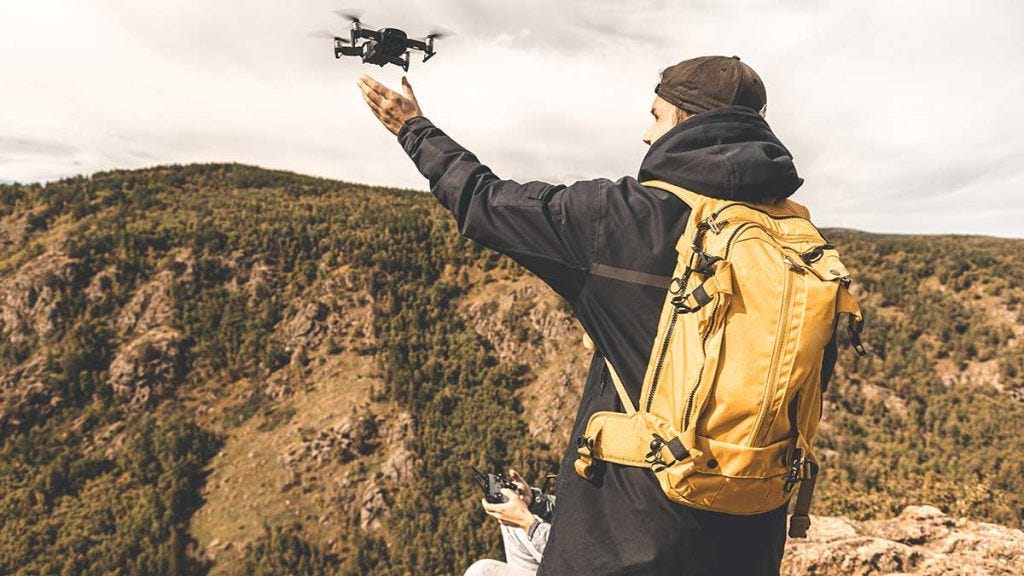
5 Things To Be Aware of Before Flying With a Drone
Batteries
If you’ve flown anywhere recently, you’ve probably noticed that there are restrictions when it comes to flying with batteries. The United States Department of Transportation classifies the lithium-ion cells and lithium metal batteries that power our drones as “Dangerous Goods”.
According to the FAA, “a dangerous good (also known as hazardous material or hazmat) is any substance or material that is capable of posing an unreasonable risk to health, safety, and property when transported in commerce”. Although this classification may sound alarming, it is simply because lithium-ion cells and lithium metal batteries can potentially pose dangers to the aircraft transporting them as well as to all of us. We’ve all seen videos of faulty lithium batteries bursting into flames or exploding mid-flight. That’s not something that any of us would want to deal with firsthand.
Below are the current lithium battery limits, per the FAA:
Size Limits
Lithium-ion (rechargeable) batteries have a limit of a rating of 100 watt hours (Wh) per battery. These limits allow for nearly all types of lithium batteries used by the average person in their electronic devices. With airline approval, passengers may also carry up to two spare larger lithium-ion batteries (101–160 Wh) or lithium metal batteries (2–8 grams). This size covers the larger aftermarket extended-life laptop computer batteries and some larger batteries used in professional audio/visual equipment.
Quantity Limits
None for most batteries — but batteries must be for use by the passenger. Batteries carried for further sale or distribution (vendor samples, etc.) are prohibited. There is a limit of two spare batteries per person for the larger lithium-ion batteries described above (101–160 watt hours per battery).
Additional Regulations
- Spare (uninstalled) lithium ion and lithium metal batteries, including power banks and cell phone battery charging cases, must be carried in carry-on baggage only.
- Batteries must be protected from damage.
- Protect battery terminals (usually the ends) from short-circuiting by preventing them from coming into contact with other metal objects.
- Damaged or recalled batteries and battery-powered devices, which are likely to create sparks or generate a dangerous evolution of heat must not be carried aboard an aircraft (e.g. carry-on or checked baggage) unless the damaged or recalled battery has been removed, or otherwise made safe.
You can learn more about the most up-to-date regulations relating to lithium cells and batteries in detail over at the United States Electronic Code of Federal Regulations (eCFR) portal.
Rules of Carry-On and Checked Baggage
Like the lithium batteries that power them, drones can also be classified as dangerous goods. This is especially if they are equipped with parachute systems that utilize pyrotechnics, CO₂ cartridges, batteries, or other materials that fall under the dangerous goods classification. The FAA’s PackSafe website contains everything you need to know about flying on a plane with your drone. Be sure to also check with your airline about their specific regulations regarding transporting drones in carry-on and checked baggage.

Carrying Cases for Drones to Protect the Gear
When traveling via plane with your drone, you’ll want to store them safely within a carrying case. The same goes for any spare components. Carrying cases help keep all of your drone gear organized. They also help prevent your drone and its spare components from sustaining any damage during plane transit. This is especially important with the drone batteries as we’ve previously covered.
While there are many aftermarket drone cases available, the carrying case that your drone came in will often do the trick. The included case can often fit on most flights as a carry-on item too. Just be sure to consult your airline’s carry-on size restrictions.
Getting Through Customs: Destination Country’s Drone Laws
Drone laws can vary wildly from country to country. The onus is on you to familiarize yourself with the drone regulations of your destination(s) to avoid any potential hiccups when going through customs, or worse, getting your drone seized. “Ignorance of the law excuses no one” most certainly applies here.
Drone Laws is an excellent resource for travelers looking to fly drones when visiting foreign countries. Be sure to also consult each country’s respective aviation authorities and customs agencies for the most up-to-date regulations regarding drone usage.
Established Drone Laws, Drone Bans, Legal/Illegal Drone Uses, Countries With No Established Drone Laws, Foreigner-Specific Laws, etc.
The FAA has a comprehensive set of guidelines governing drone use, some general rules to remember include:
- Flying below the 400 ft above ground level (AGL) legal height limit;
- Maintain visual line of sight with your drone. Have a visual observer physically next to and in direct communication with you;
- Never fly your drone over crowded areas;
- Do not interfere with emergency response or law enforcement activities;
- Do not fly under the influence of drugs or alcohol;
- Most airports have a 5 to 7 mile restriction radius around them that prohibit the flying of drones. DO NOT, under any circumstances, fly your drones within an airport’s restricted airspace unless you somehow manage to secure a waiver or authorization from the FAA to do so. These are No-Fly Zones and should be obeyed. Not only will your drone be a safety hazard for aircraft, but you will definitely land yourself in legal hot water.
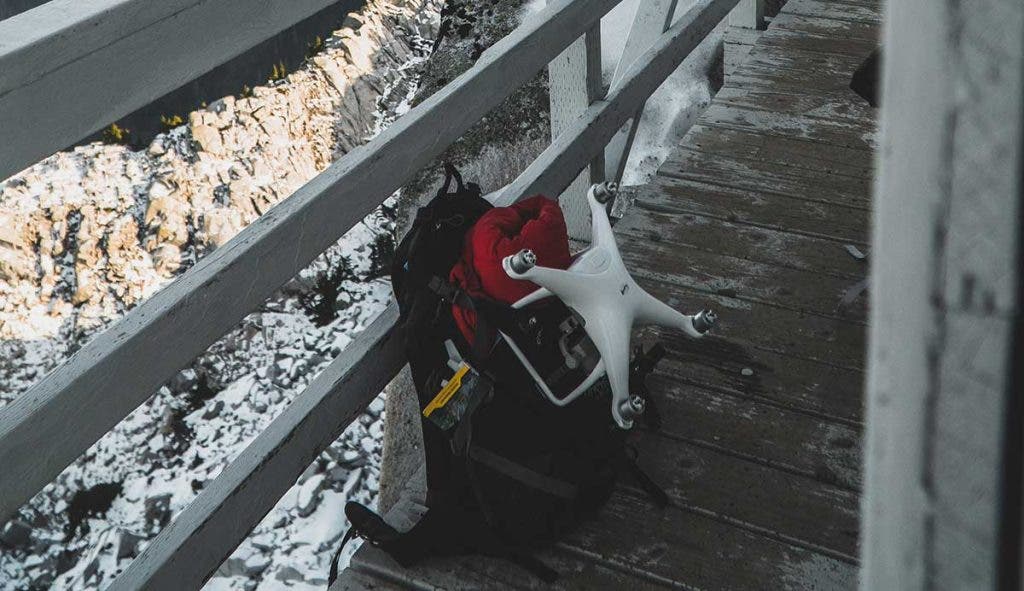
Operating Drone Outside of the United States
Below is a select list of countries that either allow drone operations (subject to local regulations), have blanket drone bans in place, or have drone regulations that specifically apply to foreign travelers:
Europe
- European Union: under the regulatory framework set forth by the European Union Aviation Safety Agency (EASA), travelers are permitted to operate drones within the 27 EU member states (Austria, Belgium, Bulgaria, Croatia, Republic of Cyprus, Czech Republic, Denmark, Estonia, Finland, France, Germany, Greece, Hungary, Ireland, Italy, Latvia, Lithuania, Luxembourg, Malta, Netherlands, Poland, Portugal, Romania, Slovakia, Slovenia, Spain, and Sweden), as well as Iceland, Switzerland, Lichtenstein, and Norway which have also adopted the framework, provided that they have drone insurance, have received drone pilot training, and that the drones are registered in its home country.
Africa
- Algeria: drone operations are currently prohibited per the Directorate of Civil Aviation and Meteorology of Algeria (DACM)
- Egypt: travelers must receive permission from the Egyptian Civil Aviation Authority (ECAA) to operate drones within the country
- Kenya: travelers must receive permission from the Kenya Civil Aviation Authority (KCAA) to operate drones within the country
- Madagascar: drone operations are currently prohibited per Madagascar’s Civilian Aviation Directorate (CAD)
- Morocco: drone operations are currently prohibited per Morocco’s Directorate General of Civil Aviation (DGCA)
Antarctica
- Antarctica: drone operations, recreational or otherwise, are currently prohibited on the continent under the Antarctica Treaty
North America
- Barbados: travelers must apply for drone permits with the Barbados Civil Aviation Department (BCAD) six weeks before their visit to be able to operate their drones within the country
- Cuba: drone operations are currently prohibited per the Civil Aviation Institute of Cuba (IACC)
- Nicaragua: drone operations are currently prohibited per the Nicaraguan Institute of Civil Aviation (INAC)
South America
- Ecuador: travelers must pay an import tax equal to the replacement value of the drone for any drone valued at more than US$ 500
Asia
- Bhutan: travelers must receive approval from the Bhutan Civil Aviation Authority (BCAA) to operate drones within the country, but this approval is generally only granted to government agencies making it nearly impossible for travelers to receive approval
- Brunei: as no legal framework governing drone use currently exists, drone operations are currently prohibited in Brunei
- India: travelers must apply for a drone permit with India’s Directorate General of Civil Aviation (DGCA) to operate drones within the country, and additional regulations apply for commercial drone use by foreigners
- Iran: drone operations are currently prohibited per the Civil Aviation Organization of Iran (CAOI)
- Iraq: drone operations are currently prohibited per the Iraq Civil Aviation Authority (ICAA)
- Kuwait: drone operations are currently prohibited per Kuwait’s Directorate General of Civil Aviation (DGCA)
- Oman: recreational drone operations are permitted in Oman while commercial drone operations require a permit from Oman’s Civil Aviation Authority (CAA) that must be approved before entering the country
- Russia: drone operations are currently permitted per Russia’s Federal Air Transport Agency (FATA), but most Russian cities are equipped with GPS jammers that prevent drones from operating normally due to radio interference.
- Saudi Arabia: drone operations are currently permitted in Saudi Arabia with authorization from Saudi Arabia’s General Authority of Civil Aviation (GACA), travelers must register the serial number of their drone to clear customs and abide by GACA regulations.
